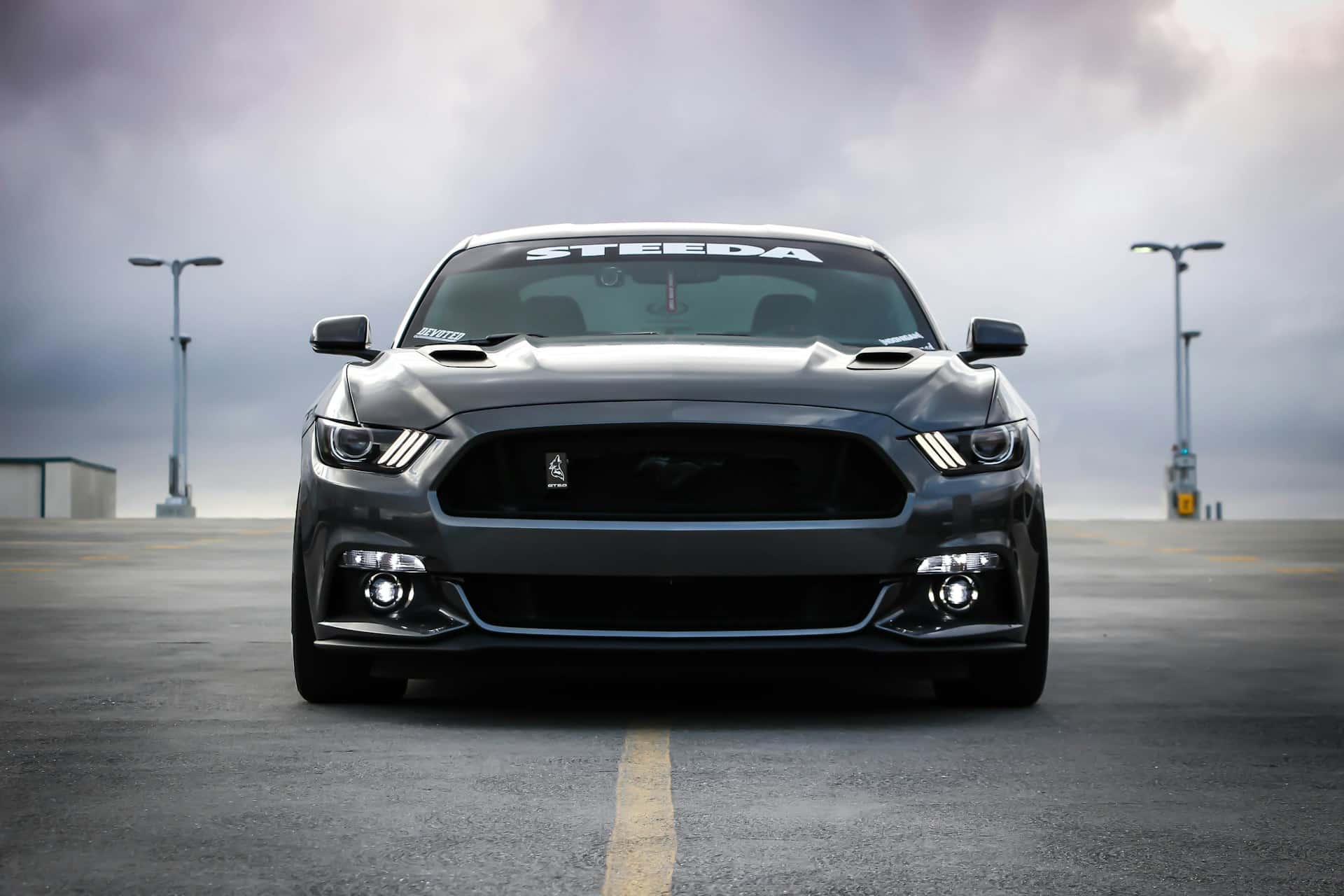In the world of car enthusiasts and drag racing, a well-tuned car is the key to success. One model that stands out in this high-octane sport is the Toyota Supra, a car that, with the right tweaks and modifications, can power through the quarter-mile in record-breaking times. This article will provide you with a detailed guide on optimizing the drivetrain of a Toyota Supra for drag racing, covering aspects from the engine to the transmission.
Getting Started: Understanding the Supra’s Stock System
Before venturing into the realm of modifications, it’s crucial to comprehend the stock system of a Supra. This understanding will serve as a foundation for all the changes you will implement. The Toyota Supra is a high-performance car straight from the factory, with a turbocharged inline-six engine that is well-regarded for its durability and power.
Sujet a lire : What Are the Best Custom Paint Techniques for a Show-Stopping Motorcycle Tank?
The Supra’s engine, whether it’s the 2JZ-GTE or the B58, delivers an impressive amount of horsepower. However, for drag racing, you might want to extract more power. The stock turbo system provides solid boost pressure, but with an upgraded system, you can push it to higher limits. Moreover, the stock manual transmission is good for a smooth driving experience, but might not withstand the extreme conditions of drag racing.
Engine Mods: Maximizing Power and Performance
To start with, let’s focus on the engine modifications. The engine is the heart of the car, and optimizing it properly can significantly enhance the Toyota Supra’s performance on the drag strip. The goal here is to maximize power output while ensuring the engine’s reliability and longevity.
Cela peut vous intéresser : How to Increase the Range of a Nissan LEAF with a Battery Capacity Upgrade?
Consider upgrading the fuel system for starters. An efficient fuel system is critical in achieving higher horsepower. You might want to look at high-flow fuel injectors and a high-capacity fuel pump. These components ensure that the engine gets an adequate fuel supply when running at high RPMs.
Next, consider enhancing the turbo system. An upgraded turbocharger, combined with a larger intercooler, can provide the engine with a larger volume of cooler, denser air, leading to increased power output. Moreover, it’s advisable to fit a programmable engine management system. This will give you the ability to fine-tune the engine’s fuel and boost parameters, optimizing its performance.
Finally, consider upgrading the engine internals. Stronger pistons, connecting rods, and a more robust crankshaft will help the engine withstand the additional power and stress.
Transmission Upgrades: Achieving High-Speed Shifts
Once you have the engine sorted, turn your attention to the transmission. The Supra’s stock manual transmission is a good starting point, but for drag racing, an automatic transmission can offer quicker shifts and improved acceleration times.
Depending on your budget and the level of performance you’re aiming for, there are several ways to go about this. You could opt for a built automatic transmission. It is sturdier and capable of handling higher power outputs. Moreover, an automatic gearbox will allow for consistent, quick shifts, essential for achieving a good time on the drag strip.
Another option is the sequential transmission. This gearbox allows for lightning-fast shifts and is often found in high-level racing cars. However, it comes at a significantly higher cost and may require more maintenance.
Drivetrain Reinforcements: Ensuring Durability under Pressure
With the increased power output from the engine and the quick shifts from the transmission, the drivetrain will be under a lot of stress. As such, some reinforcements will be necessary to ensure it can withstand this pressure.
Upgrading the driveshaft is a good start. A stronger driveshaft, possibly made from carbon fiber or high-strength steel, will be more resistant to the increased torque. In addition, the differential will need to be upgraded to handle the power. A limited-slip differential is a good choice, providing improved traction and stability.
Finally, consider upgrading the axles. High-strength axles will help to transmit the increased power output to the wheels without risk of failure.
Tuning and Testing: Refining for Peak Performance
Once all the upgrades are installed, you’ll need to tune and test the car to refine its performance. This process can involve adjusting the engine management system, tweaking the suspension settings, and optimizing the shift points of the transmission.
Drag strip testing will allow you to see the result of your modifications and make necessary adjustments. Remember, it’s not only about having the most power – it’s about how effectively you can transfer that power to the ground. Achieving a balance between power and drivability is the ultimate goal in preparing a Supra for drag racing.
As you can see, preparing a Toyota Supra for drag racing involves a comprehensive understanding of the car’s systems and a meticulous approach to making the right modifications. Remember, the process is not only about power, but also about reliability, durability, and the ability to effectively handle that power. With the right modifications and tuning, you can transform a Toyota Supra into a formidable contender on the drag strip.
Further Modifications: Squeezing the Last Bit of Power
Venturing further into the realm of modifications and tweaks, there are a few more things you can do to optimize the drivetrain of your Toyota Supra for drag racing. These can include changes to the exhaust system, installing a boost controller, and even swapping the stock intercooler for a larger, high-performance one.
The exhaust system is a critical component of your car that can significantly affect its performance. Upgrading to a high-flow exhaust system can help increase the power by reducing back pressure and improving exhaust gas flow. Additionally, a high-flow exhaust system can provide a deeper, throatier engine note—an added bonus for many car enthusiasts.
Installing a boost controller can also enhance performance. A boost controller allows you to manually adjust the amount of boost that the turbocharger produces, giving you more control over your car’s power. This can be particularly useful in drag racing, where being able to quickly adjust your car’s power output could be the difference between winning and losing a race.
Finally, consider swapping the stock intercooler for a larger one. The intercooler’s job is to cool the air that the turbocharger compresses before it enters the engine. A larger intercooler is capable of cooling more air, which can increase the engine’s efficiency and power output. However, bear in mind that a larger intercooler will require more space and may require some additional modifications to fit properly.
Conclusion: A Winning Supra for the Drag Strip
Transforming a Toyota Supra into a high-performance drag racing machine is not a task for the faint-hearted. It requires a deep understanding of the car’s mechanics, a clear vision of what you want to achieve, and a willingness to invest time, effort, and resources. However, the rewards can be exhilarating—an optimized Supra that can blitz the quarter-mile in record-breaking times.
From upgrading the engine and the fuel system to reinforcing the drivetrain and swapping the manual transmission for an automatic or sequential one, each modification plays a crucial role in enhancing the car’s performance. Furthermore, installing a boost controller, tuning the exhaust system, and even swapping the stock intercooler can further elevate the Supra’s performance.
Remember, achieving a balance between power and drivability is essential—there’s no point having all the power in the world if you can’t control it effectively. Regular testing and fine-tuning are as important as the modifications themselves. They allow you to monitor the car’s performance and make necessary adjustments to achieve optimal results.
The Toyota Supra has always been a favorite among car enthusiasts and racers. With the right modifications and tuning, the Supra can easily transform from a stock sports car into a high-performance drag racing beast. Whether you’re a seasoned racer or a newbie, the journey of optimizing a Supra’s drivetrain for drag racing can be an exciting and rewarding experience. So, buckle up, step on the gas, and let the Supra take you on a thrilling ride.











